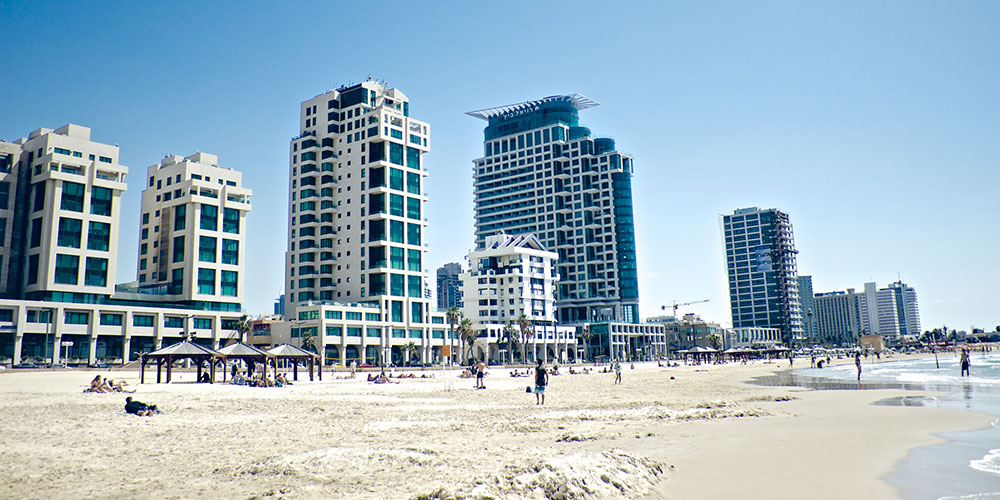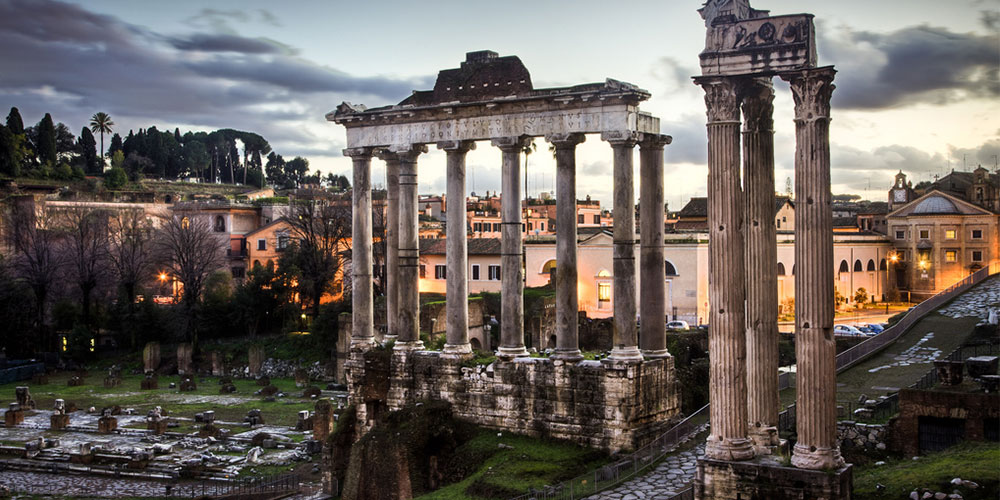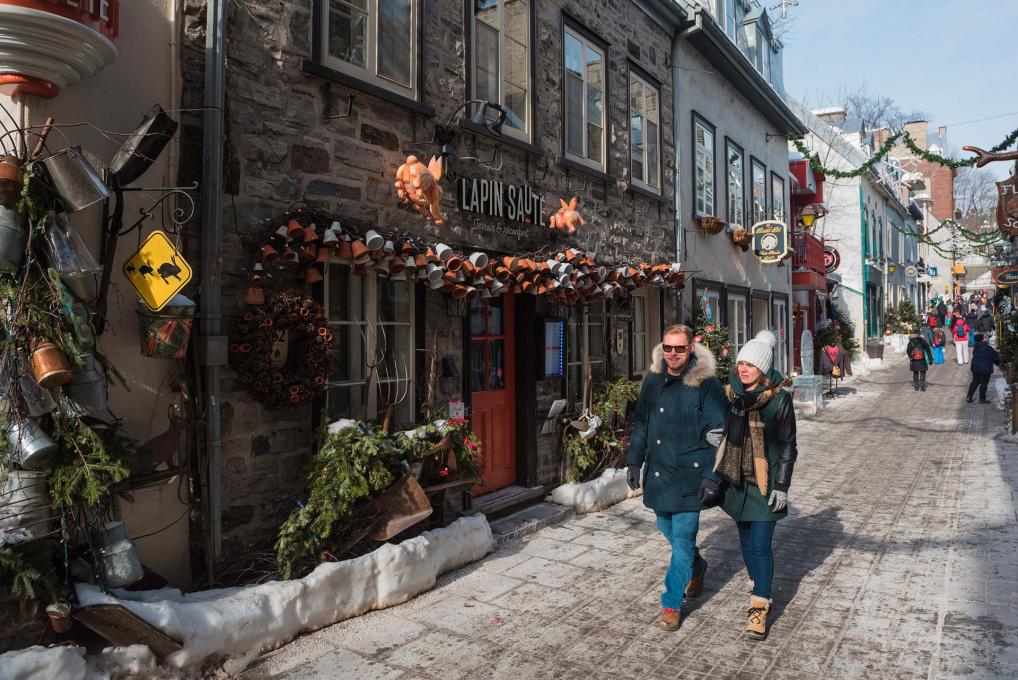
Once the construction was finally completed, the British Parliament celebrated by sending a stone lion that formed part of the coat of arms at the Houses of Parliament in Westminster, which is now installed close to the main steps. The original design also had to be altered, removing a dome and towers, due to budget restraints. Work began on the building but was delayed due to a lack of funds and the outbreak of World War One. Local architect Edmund Wright and his partner Lloyd Taylor won the commission for the building in an architectural competition for the design.

Work began on the building in 1874, but it wasn’t until 65 years later in 1939 when it was finally completed. The building was commissioned after the parliament outgrew the original building, now known as Old Parliament House, when the population of South Australia grew, and the number of parliamentary representatives increased. The Parliament House of South Australia is housed in the impressive Greek Revival style building on the corner of North Terrace and King William Streets. Standing 2.5 metres tall and costing $115,000 the statue was unveiled in 2002, just a year after the cricketer’s death. With an impressive batting average of 99.94, Donald Bradman is considered the greatest batsman of all time and was immortalised in this statue by local artist Robert Hannaford. Outside the Adelaide Oval is a monument to one of Australia’s, and the world’s, greatest sporting heroes, Donald Bradman.

Due to its scenic location and charming historical features, it is widely considered one of the most attractive sporting stadiums in the world. Much of the quaint old-world charm of the original oval was retained in the renovation, including the original 1911 scoreboard in Edwardian architectural style. Opened in 1873, the Adelaide Oval underwent an extensive redevelopment in 2014 to increase capacity and modernise the facilities. It holds a maximum of 53,583 spectators for sporting events, but welcomed a record 70,000 fans through its gates for an Adele concert in 2017. Mostly used for cricket and Australia Rules Football games, the Oval also hosts other major sporting events and music concerts. Located in the picturesque parklands on the Torrens River, Adelaide Oval is the city’s premier sporting and entertainment stadium and a must visit attraction for any sport fan. Wander the stalls to savour the sights and smells of the delectable delights for sale, enjoy a chat with a local merchant or sit down for a snack at one of the cafes. Close to 80 traders are hosted in the market, offering everything from freshly baked breads and pastries, locally made cheeses and small goods, to regional specialties like Barossa Valley Wine and Kangaroo Island oysters.

The historical food market is over 140 years old and welcomes over 9 million visitors a year in search of fresh, local produce and specialty foods. Just next to Chinatown is one of Adelaide’s most popular attractions, the Adelaide Central Market. Whether you are after traditional street food or a fine dining experience, Chinatown has a range of options for eating out to suit all tastes. While Chinese restaurants dominate the street, the diverse mix of cultures represented in the food stalls includes Nepali, Thai, Vietnamese, Indian, Korean, Japanese, and more.

With large paifang (Chinese gates) marking the entrances at Gouger and Grote Streets, pagoda style roofs and red lanterns, the vibrant Chinese decorations create an exotic atmosphere all year round. Located along Moonta Street in the south east end of the Adelaide CBD, Chinatown offers an eclectic multicultural mix of restaurants and food stores close to the Adelaide Central Market. So grab yourself a glass of Barossa shiraz and virtually wander Adelaide’s street via your screen to feel like you are really here.
#Virtual city tour free#
Named after Queen Adelaide, the city was settled as a free colony without the use of convicts.ġ.3 million habitants now call the city home, which has become a vibrant, cosmopolitan centre, well known for its regional food and wine, European architecture and eclectic festival calendar. To the Kaurna people originally inhabited the area, it was known as Tarndanyangga meaning ‘place of the red kangaroo’, before it was settled by Europeans in 1836. Situated on the River Torrens, Adelaide is the capital of South Australia and gateway to amazing destinations including Kangaroo Island, the Barossa Valley, Flinders Ranges and Eyre Peninsula. Virtual Tour of Adelaide Take a virtual journey around South Australia’s capital city to appreciate the diverse history of Adelaide and the surrounding hills.


 0 kommentar(er)
0 kommentar(er)
